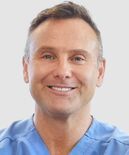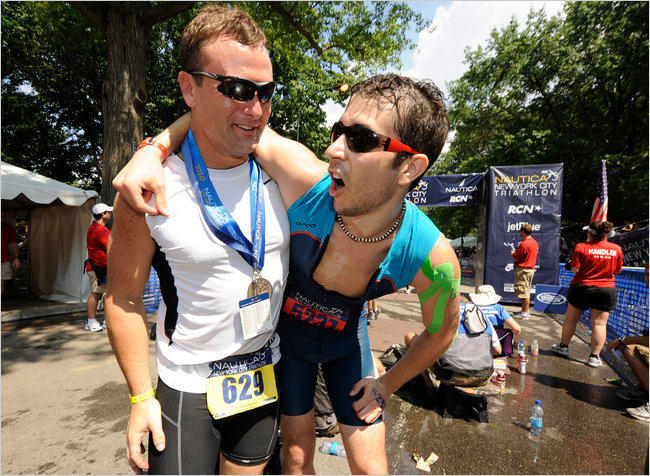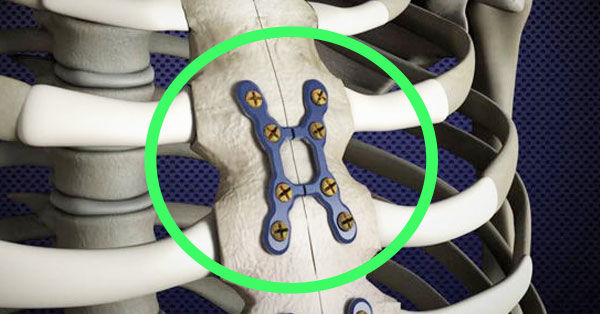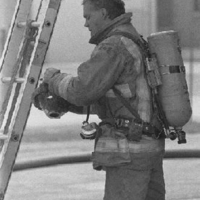Exercise & Heart Valve Disease: What Should Patients Know?
Written By: Adam Pick, Patient Advocate & Author
Medical Expert: Dr. Allan Stewart, Chief of Cardiac Surgery, Mercy Heart Institute
Published: February 15, 2022
When diagnosed with heart valve disease… Professional athletes, weekend warriors, and exercise enthusiasts are often confused about the “Dos and Don’ts” specific to their cardiac disorder and the sports/activities they enjoy.
To help patients better understand the potential risks and opportunities of exercise in the presence of heart valve defects, we interviewed Dr. Allan Stewart, the Chief of Cardiac Surgery at Miami Heart Institute in Miami, Florida, who has performed over 5,000 cardiac operations and more than 2,000 heart valve repair and replacement procedures. So you know, Dr. Stewart is a triathlete and marathon runner who has trained alongside many of his heart surgery patients.
Key Learnings About Exercise & Heart Valve Disease
Here are several important learnings from our discussion with Dr. Stewart:
- Dr. Stewart is an endurance athlete who trains and competes in marathons and triathlons with his patients. He states, “I’ve operated on professional athletes that have gone back to playing professional football. I have done the New York City marathon with patients that have had aortic surgery. I encourage that. I run with them to show them that it’s safe.”
 Dr. Allan Stewart
Dr. Allan Stewart
- Living a healthy and fit lifestyle does not prevent the onset and progression of heart valve disease which is a structural heart defect that will not get better by itself. As Dr. Stewart states, “Despite our commitment to exercise, heart valve disease can affect people who are physically fit. One can’t reverse structural heart valve disease. It doesn’t get better on its own.”
- Key symptoms that exercise enthusiasts should carefully monitor include fatigue, shortness of breath, weight gain from fluid retention and loss of stamina.
- Identifying the right time for a heart valve repair or replacement operation is critical. In his practice, Dr. Stewart uses regular echocardiograms, performed at specific intervals, to determine the optimal time for an operation.
 Dr. Allan Stewart (Surgeon) with Greg O’Keeffe (His Patient)
Dr. Allan Stewart (Surgeon) with Greg O’Keeffe (His Patient)
- Aortic stenosis is a fixed obstruction that prevents blood flow through the heart due to a narrowed valve that is often calcified. Exercise can actually make the patient feel worse and dehydrated. Lifting heavy weights, for example, can put more blood pressure against the aortic which is not recommended.
- Mitral valve disease is different for athletes compared to aortic stenosis. According to Dr. Stewart, “Mitral valve disease is quite different. Mitral valve disease, as long as your heart rhythm hasn’t changed, meaning you haven’t had atrial fibrillation, and you have mild to moderate leakage of your valve, you can exercise without much restriction, specifically aerobic exercise to get your heart rate up.”
- Aortic root aneurysms are often associated with aortic valve disease and need to be carefully monitored in patients who exercise as the aorta can dissect or tear if not managed properly. Dr. Stewart states, “We can make those worse by heavy weight lifting and by massively increasing the pressure in the aortic root by deadlifts, squats, bench press, that can precipitate both the valve leaking more and the aortic dissecting or tearing.”
- In his cardiac surgery practice, Dr. Stewart uses minimally-invasive techniques to help patients recover faster with less discomfort and pain. In particular, Dr. Stewart uses rigid sternal fixation (titanium plates) to accelerate healing. Dr. Stewart notes, “We do minimally invasive surgery, we use this little titanium plate. The breast bone is not open and minimizes pain and take less narcotics.”
 Rigid Sternal Fixation (SternaLock Blu)
Rigid Sternal Fixation (SternaLock Blu)
- Dr. Stewart believes that athletic patients may want to view heart surgery as a “reset button” specific to their health and cardiac condition. Dr. Stewart states, “Cardiac surgery, in my mind, is a reset button. It is a moment in time where we can correct a problem, whether that problem is acquired or that problem is genetic or congenital. It could be fixed. The goal is to fix it in a curative manner so that we can go back to living our best lives. A properly done valve operation, the person should be able to go back to exercise without restriction.”
- Specific to advice for athletic patients, Dr. Stewart suggests, “Leading up to surgery, I would say pay attention to aerobic activity, to things like yoga and stretching and flexibility exercises, and then afterwards, have a plan in your mind that precedes surgery of what your goals are after surgery. Have your plan in place ahead of time.”
Many Thanks Dr. Stewart!
On behalf of our patient community, many thanks to Dr. Allan Stewart for taking the time to share his clinical research and experience with us. In addition, we would like to thank Dr. Stewart and the entire Mercy Heart Institute team for taking such great care of the patients from HeartValveSurgery.com.
Keep on tickin!
Adam
P.S. For the hearing impaired members of our community, I have provided a written transcript of my interview with Dr. Stewart below.
Video Transcript:
Dr. Allan Stewart: My name is Dr. Allan Stewart. I am the chief of cardiac surgery for HCA Florida. I’ve been in practice for about 16 years. Now I practice in Miami. During the scope of my career, I’ve done approximately 5,000 open heart surgeries. I’ve operated on professional athletes that have gone back to playing professional football. I have done the New York City marathon with patients that have had aortic surgery. I encourage that and I run with them to show them that it’s safe.
Despite our commitment to exercise, heart valve disease can affect people who are physically fit. What manifests as symptoms is the same level of exercise causing more shortness of breath or more fatigue. If someone typically exercises and does a 45-minute spin class and they can’t keep their same pace, not just once or twice, but week after week, that may be a sign that there’s something wrong. If they can keep their pace, but they’re tired or exhausted after exercising and it just doesn’t recover and they find they’re going to sleep earlier and earlier, that may be a sign. Maybe they’re carrying a little extra weight because they’ve got more water in their system because their body is over circulating fluid. These are subtle little signs when you know your body and you know your exercise tolerance.
One can’t reverse structural heart valve disease. It doesn’t get better on its own. What we’re watching for is to hit the metric where we believe that surgery gives a much better outcome and quality of life than continued medical management. We’ve traditionally done that by routine follow-up by an echocardiogram that’s done every few months at intervals that your doctor chooses.
Depending upon what type of valve disease you have, you can or cannot optimize yourself before surgery. Severe aortic stenosis is something that really you can’t exercise away. What I mean by that is that there’s a fixed obstruction at the top of your heart. To exercise and sweat and become dehydrated will make you feel worse. To try and lift heavy objects can put more blood pressure against your valve, make you feel worse. There’s not really much that can be done before surgery for aortic stenosis, but there’s a lot that can be done afterwards to facilitate your recovery.
Mitral valve disease is quite different. Mitral valve disease, as long as your heart rhythm hasn’t changed, meaning you haven’t had atrial fibrillation, and you have mild to moderate leakage of your valve, you can exercise without much restriction, specifically aerobic exercise, get your heart rate up.
One of the other areas and an area of interest to me is congenital aortic disease meaning that a weakness in the first portion of the aorta, what’s called an aortic root aneurysm. We can make those worse by heavy weight lifting and by massively increasing the pressure in the aortic root by deadlifts, squats, bench press, that can precipitate both the valve leaking more and the aortic dissecting or tearing.
Cardiac surgery, in my mind, is a reset button. It is a moment in time where we can correct a problem, whether that problem is acquired or that problem is genetic or congenital. It could be fixed. The goal is to fix it in a curative manner so that we can go back to living our best lives. A properly done valve operation, the person should be able to go back to exercise without restriction.
When we do minimally invasive surgery, we use this little titanium plate. The breast bone is not opened and minimizes pain and take less narcotics. My best piece of advice for folks who have heart valve disease are to, one, not panic and put their shoes on the shelf, to realize that surgery may be in their future. Get a number of opinions from people who specialize in structural heart disease to find out what type of exercise is right for me.
In most cases, I would say that running and swimming and biking are all going to be okay as long as its moderate disease. Leading up to surgery, I would say pay attention to aerobic activity, to things like yoga and stretching and flexibility exercises, and then afterwards, have a plan in your mind that precedes surgery of what your goals are after surgery. Have your plan in place ahead of time.





